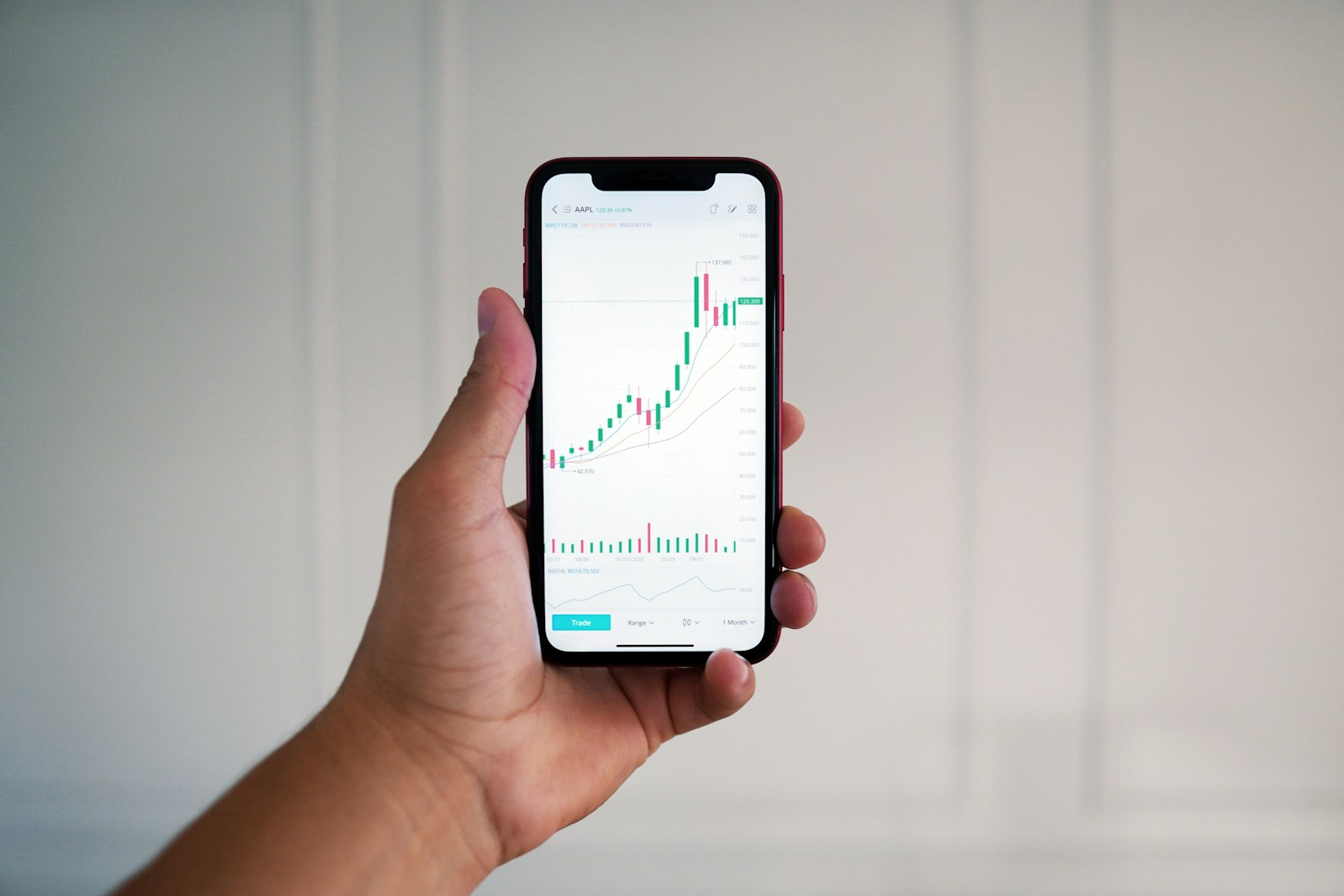In uncertain times, investors are looking for secure places to store money for the short term. Due to the COVID-19 situation and a faltering economy, cash hoarding became necessary. Currently, the economy is facing rising inflation and a likely recession. Long-term investments have the potential for larger returns, while short-term investments prioritize risk reduction.
Investors should prioritize safety when considering short-term investments to avoid financial risks. This article provides a definition of short-term investments, examples, advantages, and tips for making these investments.
Short term investment definition
Short-term investments are investments that can be quickly converted into cash. These investments reach maturity within a year or are anticipated to be liquidated within a year. Examples include marketable securities and money market funds. Businesses often invest spare cash in short-term securities to earn a modest return while maintaining quick access to the money for operating needs.
-
Example 1
Millions of investors are prepared and eager to buy the shares from you, and the stock price is simply determinable.
The investment needs to be sold within the next three to twelve months. Management’s decision on whether to sell or hold the shares may depend on the market’s performance.
The shares of Apple would initially be classed as a short-term investment in this scenario, but if management changes its mind and decides to maintain them for a longer amount of time than the present accounting period, the shares are reclassified as long-term investments.
-
Example 2
Allen needed money to pay off his $5,000 debt. Despite his high wages, he couldn’t afford to use much of his income. So, he invested in CDs that would mature in three months. He received $7,000 at the end, paid off $4,000 of his debt, and used the remaining $2,000 for family expenses. These alternatives help people in similar situations.
-
Example 3
Company A initially buys Amazon shares as a short-term investment to cover payroll in three months. Due to a market decrease, they decide to hold onto the assets for a few years until prices increase, transforming it into a long-term investment.
What are short-term investments?
According to the definition of short-term investments, there are two requirements: they must be easily converted to currency and quickly tradable. Investments in closely owned businesses do not meet these criteria. Instead, consider buying shares of a publicly traded company.
How Short-Term Investments Work
Businesses and investors seek to preserve and grow their money. A company with strong cash reserves can put extra funds into stocks, bonds, or cash equivalents to earn higher interest rates. This strategy helps them achieve similar returns to Treasury bill index funds or comparable benchmarks.
To be classified as short-term, an investment must meet two criteria: liquidity, like frequently traded stocks or U.S. Treasury bonds, and intended sale within 12 months. Examples of short-term investments include marketable debt securities with maturities of one year or less, such as commercial paper and U.S. Treasury bills. Marketable equity securities, like ordinary and preferred shares, are also included. Corporate bonds require quick maturities and regular trading for liquidity.
What makes a good short-term investment?
Even though they may share a variety of characteristics, good short-term investments often exhibit the following three characteristics: knowing those characteristics we have to understand what is considered short-term investments.
- Stability: Good short-term investments don’t vary in value as much as many stocks and bonds do. The funds are usually insured by the FDIC or backed by a government guarantee, so they will be available when you need them.
- Liquidity: A successful short-term investment typically has high liquidity, which means you can get your money out of it quickly. In the case of some CDs, you’ll be informed when the funds are accessible, and you may always redeem the CD, albeit it frequently has a penalty unless you choose a no-penalty CD.
- Low transaction costs: Unlike, for instance, purchasing a home, a good short-term investment doesn’t cost a lot of money to enter or exit. This is particularly crucial when the yields on short-term investments are low.
What is considered short-term investments?
The following are some typical short-term investments and tactics utilized by businesses and individual investors:
- Certificates of deposit (CDs): Banks provide these deposits, which often pay a higher interest rate because they secure the money for a specific amount of time. Typically, these intervals span from a few months to five years. The FDIC insures them for a maximum of $250,000.
- Money market accounts: These FDIC-insured accounts offer returns that are higher than those of savings accounts, but they also demand a minimum commitment. Remember that money market mutual funds are not FDIC-insured, in contrast to money market accounts, which are.
- Treasuries: These government-issued bonds are available in a variety of forms, including notes, bills, floating-rate notes, and Treasury Inflation-Protected Securities (TIPS).
- Bond funds: Offered by qualified asset managers/investment firms, these funds are preferable for a shorter time horizon and may provide higher returns for the risk. Just be mindful of the costs.
- Municipal bonds: Due to their frequent exemption from income taxes, these bonds, which are issued by municipal, state, or non-federal government entities, can give greater yields.
- Peer-to-peer lending (P2P) Through one of these lending platforms that connect borrowers and lenders, the extra money can be used.
- Individuals may find freedom and a wide range of financial alternatives with Roth IRAs. Roth IRA contributions, but not earnings, may be withdrawn at any time without incurring penalties or additional taxes.
Advantages of Short-Term Investment
Short-term investments, which might last from a few months to a year, are those that are intended to provide sizable returns quickly. It is more concentrated on covering the costs that will be incurred soon. Those that favor short-term investments are not interested in patiently waiting years for their money to multiply.
-
Flexibility
The flexibility that comes with short-term investing is one of its major benefits. With this kind of investment, you do not have to keep your money in one place for a long time, as is the case, for instance, for the many people who choose to buy a corporate bond with a maturity of between 10 and 30 years. This investment requires a lengthy holding period before it matures.
-
High Liquidity
You have the advantage of being able to withdraw your money whenever you want if there is an urgent requirement while investing money in the stock markets with a short-term outlook. The benefits of returns may not be extended if you want to withdraw your money before maturity in the majority of other investment types, which may need a lock-in term.
-
Invest in derivatives as well to profit from declining markets.
If you carefully arrange your investments, you can make short-term gains in bad markets as well. Trading products known as derivatives take their worth from the ensuing equities in the cash market. By initially selling at a high value and then afterwards buying at a lower value, derivative instruments like futures and options can help you profit from the bearish market trend.
-
Returns
The potential for high profits is another benefit of short-term investing. With this kind of investment, you frequently see excellent returns after only a short while. Following the sale of the security to lock in your gains, you search for another investment opportunity.
-
Realistic Results
Many investors prefer to be able to see real outcomes from their investments. It may take a long time before you see any rewards from a long-term investment, which is demoralizing.
Short-Term Investments vs Long-Term Investments
The difference between short-term and long-term investments may be clear-cut. However, there are a few things to consider that might assist investors in determining which is best for them and when:
- While long-term alternatives take several years to grow and produce returns, short-term investing possibilities mature sooner.
- For people who need quick access to financing, the temporary investment option is a perfect choice. Long-term investments, on the other hand, are intended for long-term plans.
- When one chooses to invest for the short term, there is less chance that the market volatility will have an impact on the investment as it matures and prepares for withdrawal in a few days or months. Long-term investments, on the other hand, are more volatile because they are held for a longer period of time.
Tips for investing money for a short-term investment
If you are investing for a period of five years or less, your process should be different from that of someone investing for a period of decades. Instead, you should approach short-term investing using the advice provided below:
- Set realistic goals. It’s crucial to set realistic expectations because the potential returns from short-term investments will be lower than those from long-term ones.
- Think about safety. In general, you should prioritize safety over return when making short-term investments. You should always have access to your money.
- The additional risk might not be worth a small increase in return. It can be simple to try to achieve a little extra return at the cost of a lot more risk when short-term investments are generating such low returns. But pay attention to why you are making short-term investments.
- Depending on your demands, choose your investment. On that CD, you might be able to make a little additional money. But what happens if you need the money before it matures? Adapt the type of investment you make to your needs.
- Short-term investments vary widely. You won’t lose any principal because the FDIC is backing bank products. However, short-term declines in market-based products are possible, even in secure ones like short-term bond funds. Know the dangers associated with your investing.
Conclusion
When making short-term financial investments, consider each factor equally. If short-term investments are not for you, consider long-term investments or trading intraday. Short-term investments, like stocks or stock funds, are relatively safe. However, research and understand what you’re investing in. Short-term investments have benefits for business owners and investors, and can generate significant profits with proper research and team support.





















Leave a Reply
View Comments